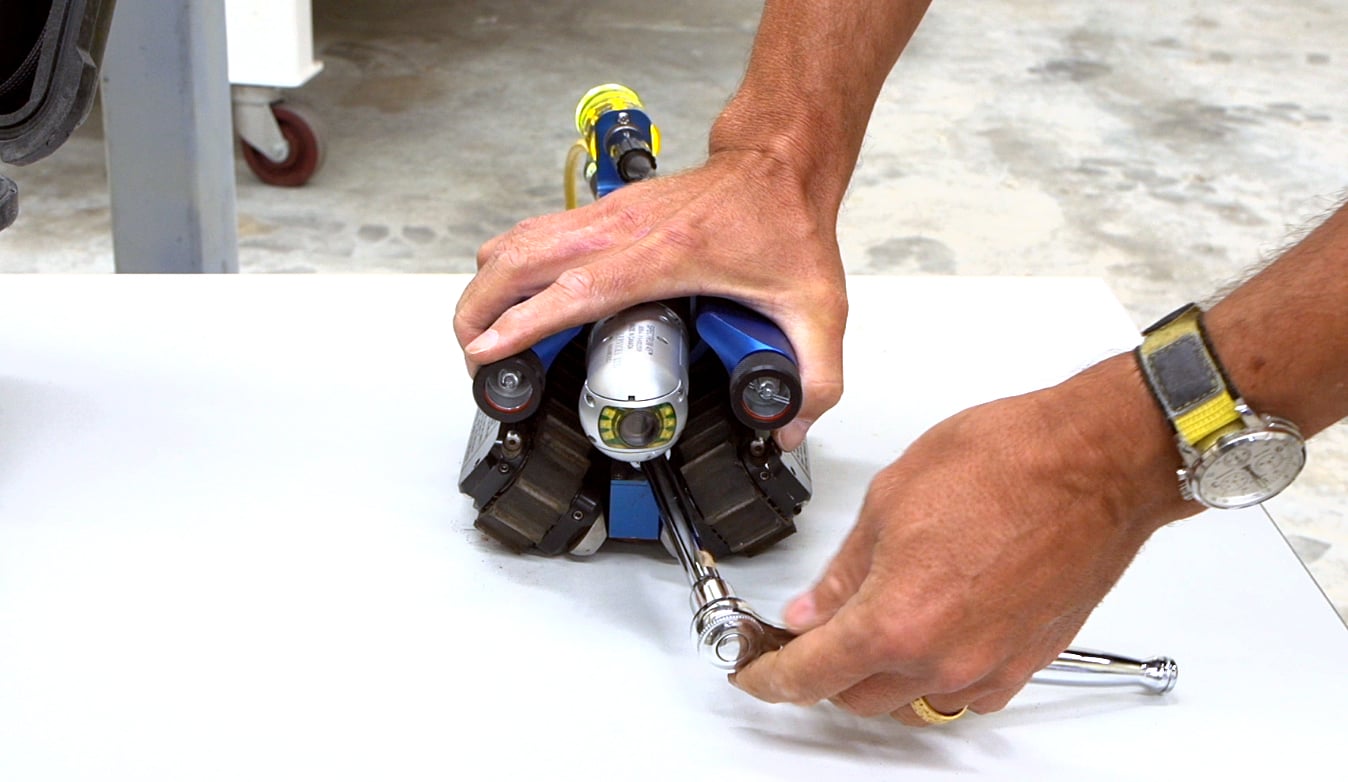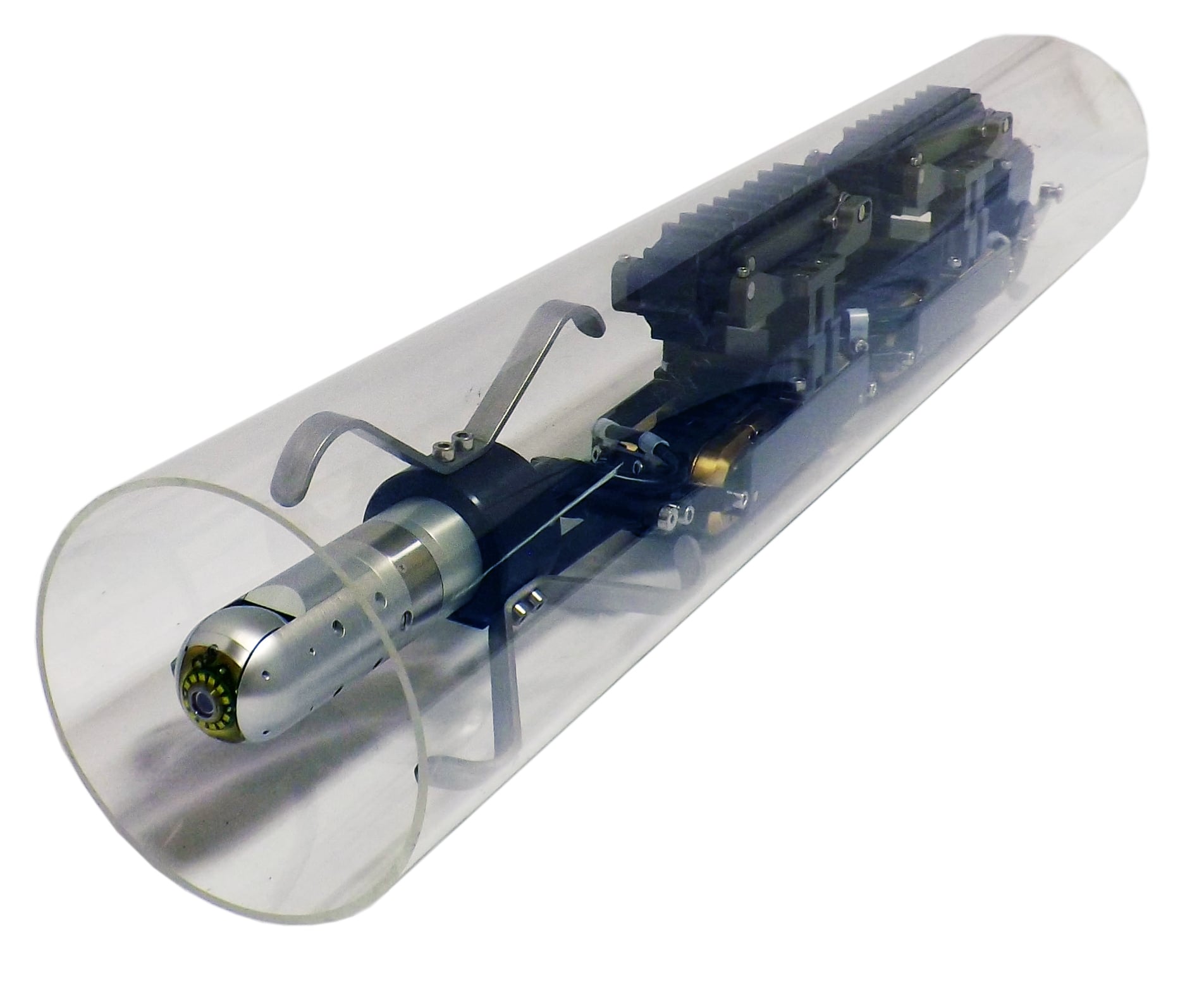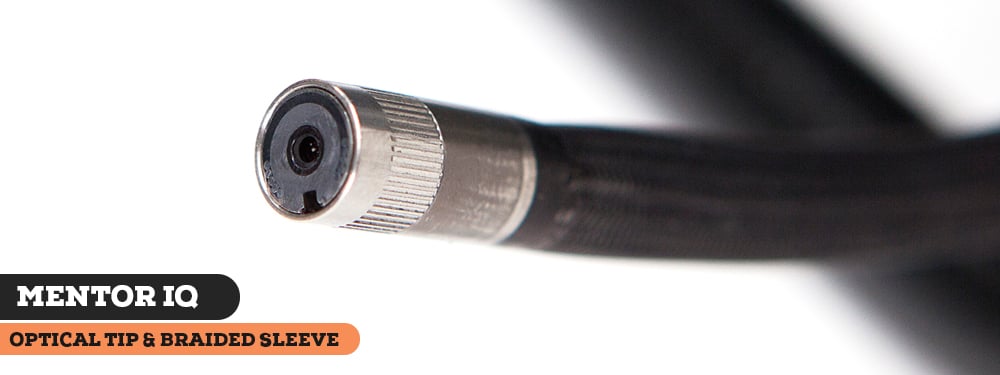Your Remote Visual Inspection Equipment: Care & Maintenance

Remote visual inspection (RVI) equipment often has to perform in rugged, harsh conditions – but that doesn’t mean that it doesn’t need to be looked after. On the contrary, special care does need to be taken to preserve this specialist equipment, prolong its working life and ensure that it continues to perform its vital tasks optimally.
To give you an idea of how to look after your remote visual inspection equipment, we’ve outlined some simple rules for the proper care and maintenance of one of the most popular devices on the market today, the GE Mentor Visual iQ VideoProbe. Whilst these directives apply specifically to this borescope, they do give a very good overview of the general level of care and maintenance required for all types of specialist RVI equipment.
Inspecting and cleaning the instrument
The same principles of ‘early detection, early repair’ apply to remote visual inspection as well as to the actual equipment itself! The sooner you discover any conditions that you think need to be evaluated or repaired on your instrument, the better. This will ensure optimum performance and help prevent costly intervention further down the line.
- Inspect and clean the system before and after each use.
- Dirty environments, such as waste treatment plants and slurries, will require greater focus on cleaning.
- If you notice that images are distorted in any way, you should first check that the optical tip is securely threaded. For optimum image quality, the optical tip and the camera head should be cleaned frequently.
- Do not immerse or soak the device or allow the probe power plug to get wet.
- When it comes to corrosive fluids, you should stick to the rule that if it’s safe for you to put your hand in it, it’s safe to use the borescope in.
- Avoid excessive temperatures (above 800C) and don’t expose the device to radiation for long periods.
- The device should never be left unattended
- Avoid binding or coiling the device and the cables as this can damage the fibre optics and impair the image quality. Similarly, you should never force the device to fit into an area as this can also cause damage.
Inspecting and cleaning the optical tip and probe
The tip and probe should be inspected to see if there’s any damage or contamination. This can be identified by excessive wear in the bending neck of the probe, if the strands of the braided weave are coming loose or if the bonding joints are becoming separated.
Use a pointed cotton bud or swab dipped in glass cleaner or a solution of 70% alcohol to 30% water to clean the probe tip (including the camera head lens) and all the external parts of the optical tip. Take great care not to damage the internal optical lens. The rest of the probe can be cleaned with a soft cloth using the same alcohol/water solution.
If you have any doubt about how to clean any of your remote visual inspection equipment, the experts at Nexxis will be very happy to give you some more tips and advice. Contact us today.


